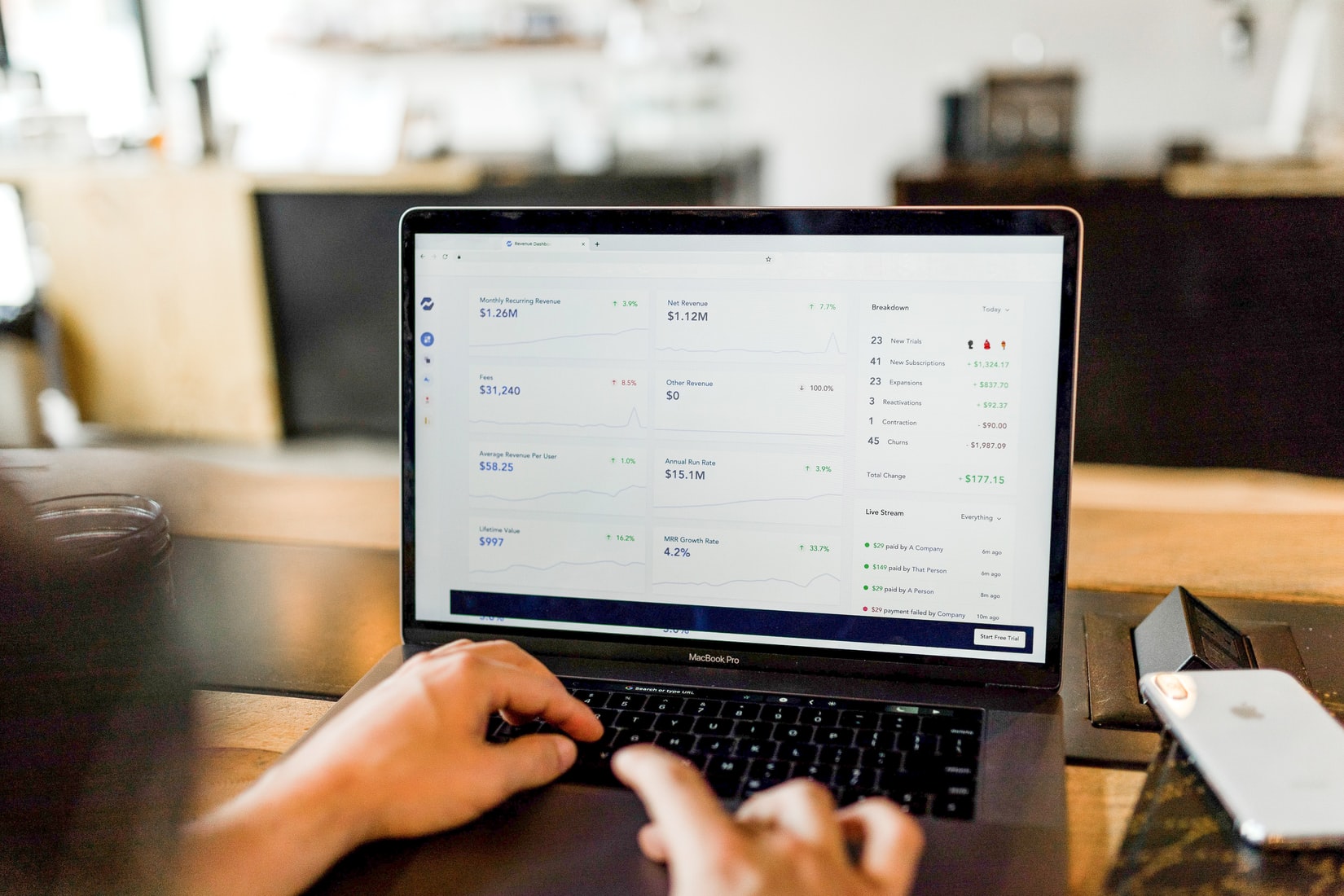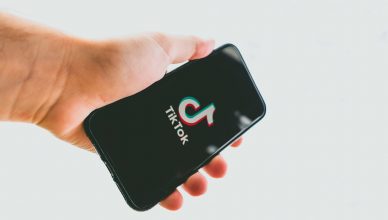This post is the fourth of five we’re releasing as part of our influencer strategy thought leadership series.You can download the full guide as a PDF right here.
Influencer marketing, social media marketing, and content marketing are often separate divisions of a brand’s marketing department. Expect to see this change in 2020 as marketing efforts become more blended. This creates a problem for reporting, as the lines of attribution become more blurred. Likes are going away this year, but there are still lots of metrics to pay attention to when designing and executing your influencer marketing strategy.
Influencer Rate Cards
Influencer marketing is maturing, and so are the veteran influencers. Many influencers are taking their work full-time. Expect to see prices rise in this top tier of professional influencers.
At the same time, more influencers join the fray every year, so we’re expecting overall rates to stay about the same. Expect to spend around $1000 per mid-tier influencer on a full-package campaign: blog post with imagery and Instagram/Twitter distribution.
Brands who have developed influencer advocates can expect to spend around $250-500 per influencer activation, if a free product sample is included.
Top tier influencers are now charging in the range of $3,000-$10,000 per package, with some demanding as high as $20,000. For most brands, these prices are too high — and it’s OK to decline working with these influencers. A portfolio approach is usually better; that is, it’s better to work with three influencers at $1000 each than it is to work with one influencer at $3000.
Return on Investment
Industry-wide, across all influencer programs, the average ROI of an influencer campaign is around 650%. That is, for every $1 a brand spends, they get $6.50 in value. The Tidal Labs platform, which focuses on high-value influencer advocates, is averaging 1200% (or 12x) ROI going into 2020.
Influencer marketing, despite the fact that the industry is getting noisier, is still 11x more effective than other digital marketing efforts. These figures result in a near-guarantee that a sane influencer marketing strategy will result in a positive ROI.
We very rarely see negative-ROI influencer campaigns, but when we do they share the following traits: they use few, expensive, celeb-level influencers that they don’t have a prior relationship with, and editorial control is taken away from the influencer (e.g., the brief is very strict and the brand provides imagery and text to the influencer). In order to ensure a positive return on investment, make sure to take a “portfolio” approach to your influencer strategy (activate many micro- and mid-tier influencers), and give your influencers full creative control over their content.
Purchase Intent
The rift between celebrity influencers and authentic influencers is widening. Going into 2020, surveys show that a full 30% of consumers are more likely to buy a product NOT recommended by a celebrity influencer. The authentic micro- and mid-tier influencers are much more effective at making sales than the expensive, high-reach celebs.
Purchase intent remains high for influencer marketing in general, however. Twitter and blogs remain the biggest social drivers of purchases, with a full 40% of Twitter users claiming they’ve purchased a product as the direct result of an influencer Tweet. If you needed more proof that Twitter influencers can drive sales, one study shows that Twitter users that are exposed to influencers show a 5.2x increase in purchase intent.
Mommy bloggers in particular remain dominant when it comes to driving purchase intent. If your target market is mothers, you will definitely want to focus on developing a strong influencer advocacy program around mommy bloggers.
Platform-Specific Metrics
Expect Instagram Likes to disappear this year, causing a shake-up and uncertainty in reporting on Instagram. After Likes are removed, the only measurable engagement metric for Instagram will be comments — therefore, expect comments to be gamed much in the way likes are. Many high-follower, low-quality Instagram Influencers will shift from buying Likes to buying bot comments — so keep a look out for comment authenticity in Instagram feeds.
Instagram Stories, on the other hand, continue to report both likes and impressions, but will also continue to have only a 24 hour window in which to collect and report on metrics. Many brands, while looking for numbers to report, may focus on Insta stories because they come with metrics, but try not to get too caught up in this channel, as the ephemeral content doesn’t give you the lasting presence that Instagram feed posts and other social channels do.
Engagement rates on Twitter, taken at face value, will continue to be one of the lowest of any social network. This doesn’t mean that you should cut Twitter out of your efforts, however — it is still an effective platform in many ways, but don’t lean on the numbers too much when analyzing Twitter results. Twitter is most effective when it’s used as a driver to other destinations, like a blog or product page, and also effective when it comes to brand visibility, even if the engagement rates are low. A better metric to use for Twitter is total reach; think of it more as advertising than marketing.
Blog traffic is showing a deepening rift between low-traffic and high-traffic publications. Expect to see more polarity in blog traffic and engagement rates, with some being very high and others being very low.




